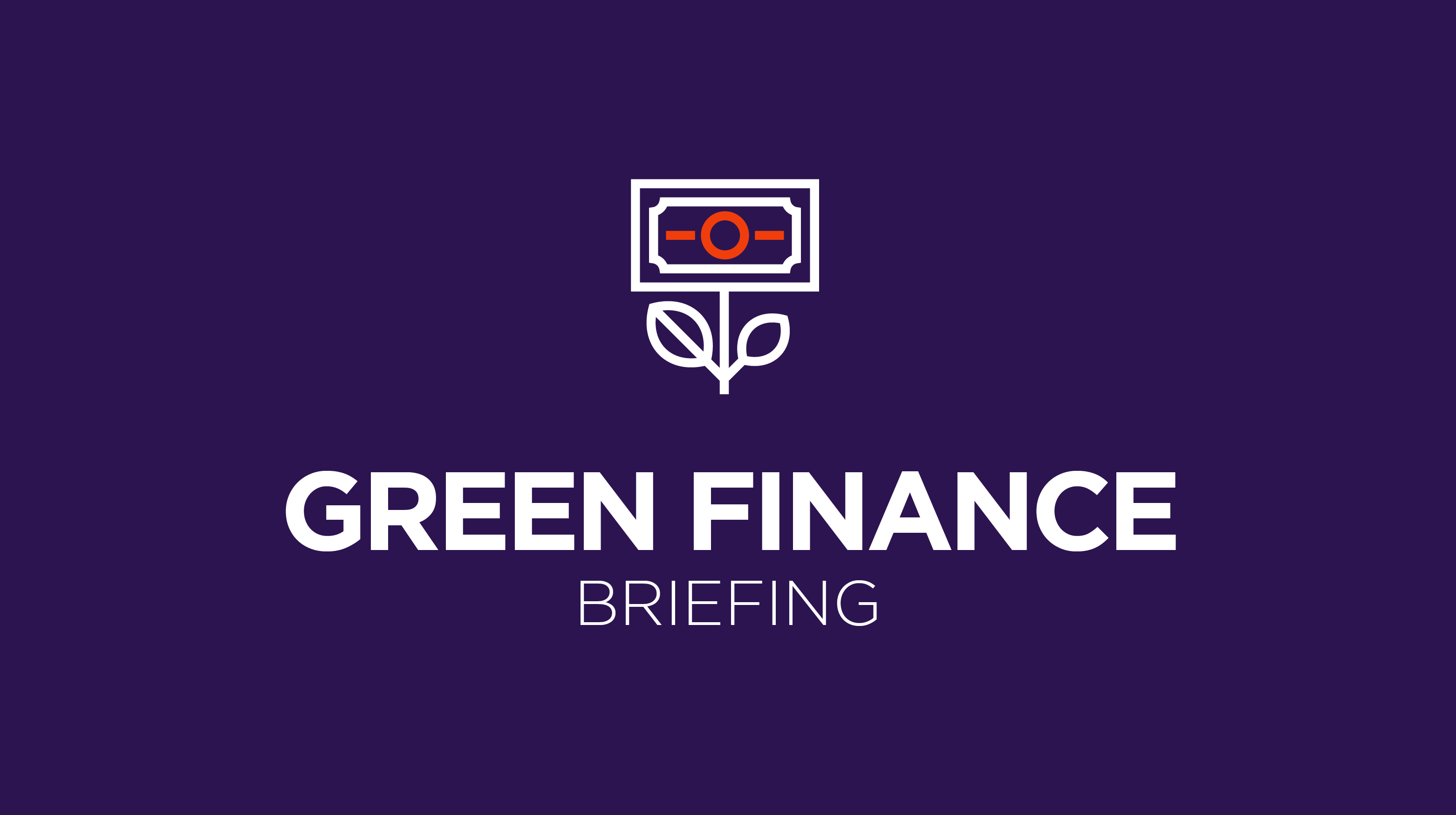Green Finance, Member Exclusive
Green Finance Briefing: Sustainable investments reached new records in 2021
- Investor appetite for sustainable investments is on the rise, with new records reached last year in green loans and investments.
- Early-stage climate fintechs are starting to attract investor capital, but the bulk of investments are still going to more established green projects.








